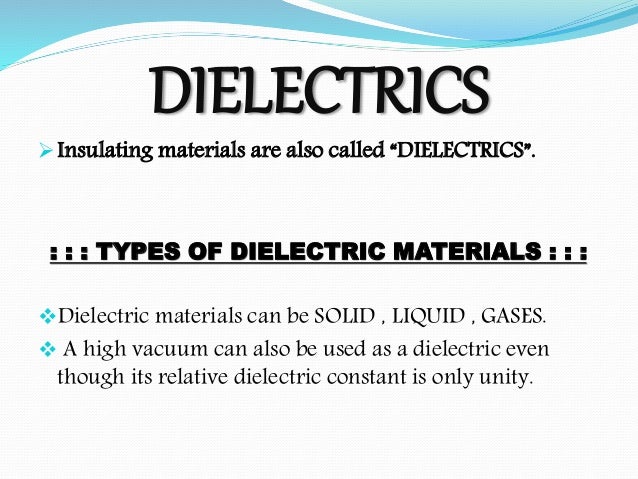When it comes to 3D printing, the sky is the limit. As 3D printing technology continues to advance, applications can be as far reaching as airplane and automobile parts to medical devices and even anatomically correct, biocompatible models. Although 3D printing technology is developing at a rapid pace, the technology itself is not new. It emerged in the 1980s as a means of creating rapid prototypes. In recent years the applications for 3D printed models have evolved with the available hardware, software, and printable materials. Evolving technology, paired with the creative and innovative minds of scientists, engineers, and physicians, has been the launching pad for developments within 3D printing technology specific to healthcare. One way 3D printing technology is poised to create better patient outcomes is in creating an anatomically and patient-specific models to aid in surgery and medical procedures. With the capability to 3D ...

Earlier this year, Xuanhe and colleagues at Duke University reported the mechanism that causes the breakdown of soft dielectric materials, such as polymers that insulate wires, that are continually exposed to electricity. Now, the researchers have demonstrated a way to improve performance and extend the life of those materials: wrap them with a rigid polymer.
Scientists have been working for years to find a soft dielectric material that will not wear. Zhao suggests in a statement that the approach needs to change because it is a mechanical problem, not a materials issue.“We found that increasing voltage can cause polymers to physically crease and even crater at the microscopic level, eventually causing them to break down,” said Zhao, who is an assistant professor of mechanical engineering and materials science at Duke’s Pratt School of Engineering, in a statement. “So we thought if we wrapped the polymer tightly, that would prevent this creasing from occurring. Experiments proved this hypothesis to be true.” The researchers published their results in the journal Applied Physical Letters.
The Duke researchers conducted experiments that constrained three different soft polymer dielectrics with epoxy, a copolymer that forms an inflexible coating when a resin is mixed with a hardening agent. “The rigid epoxy acts as a mechanical constraint,” Zhao said in a statement, adding:
Since it adheres tightly to the dielectric, it prevents the deformation that would normally occur. We found that this constraint can greatly enhance the ability of the component to carry greater voltage, increasing its energy density by more than ten times.
Zhao’s team is currently testing newer methods to create tighter constraints for polymer dielectrics.
Comments
Post a Comment